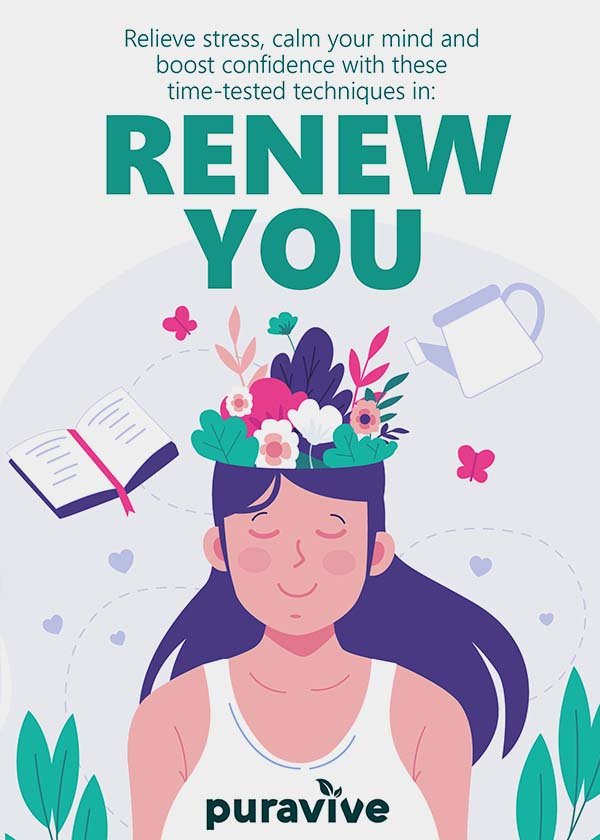Could the days of ‘springing forward’ be numbered? A neurologist and sleep expert explains the downside to that borrowed hour of daylight
Why our bodies are thrown off by DST
As people in the U.S. prepare to set their clocks ahead one hour on Sunday, March 10, 2024, I find myself bracing for the annual ritual of media stories about the disruptions to daily routines caused by switching from standard time to daylight saving time.
About one-third of Americans say they don’t look forward to these twice-yearly time changes. And nearly two-thirds would like to eliminate them completely, compared with 17% who aren’t sure and 21% who would like to keep moving their clocks back and forth.
But the effects go beyond simple inconvenience. Researchers are discovering that “springing ahead” each March is connected with serious negative health effects, including an uptick in heart attacks and teen sleep deprivation. In contrast, the fall transition back to standard time is not associated with these health effects, as my co-authors and I explained in a 2020 commentary.
I’ve studied the pros and cons of these twice-annual rituals for more than five years as a professor of neurology and pediatrics and the director of Vanderbilt University Medical Center’s sleep division. It’s become clear to me and many of my colleagues that the transition to daylight saving time each spring affects health immediately after the clock change and also for the nearly eight months that Americans remain on daylight saving time.
The benefits of standard time
The biggest advantage of daylight saving time is that it provides an extra hour of light in the late afternoon or evening, depending on time of year, for sports, shopping or eating outside. However, exposure to light later into the evening for almost eight months during daylight saving time comes at a price. This extended evening light delays the brain’s release of melatonin, the hormone that promotes drowsiness, which in turn interferes with sleep and causes us to sleep less overall.
Because puberty also causes melatonin to be released later at night, meaning that teenagers have a delay in the natural signal that helps them fall asleep, adolescents are particularly susceptible to sleep problems from the extended evening light. This shift in melatonin during puberty lasts into our 20s.
The ‘western edge’ effect
Geography can also make a difference in how daylight saving time affects people. One study showed that people living on the western edge of a time zone, who get light later in the morning and later in the evening, got less sleep than their counterparts on the eastern edge of a time zone.
This study found that western-edge residents had higher rates of obesity, diabetes, heart disease and breast cancer, as well as lower per capita income and higher health care costs. Other research has found that rates of certain other cancers are higher on the western edge of a time zone.
Scientists believe that these health problems may result from a combination of chronic sleep deprivation and “circadian misalignment.” Circadian misalignment refers to a mismatch in timing between our biological rhythms and the outside world. In other words, the timing of daily work, school or sleep routines is based on the clock, rather than on the sun’s rise and set.
A brief history of daylight saving time
Congress instituted year-round daylight saving time during World War I and World War II, and once again during the energy crisis of the early 1970s. But the popularity of year-round daylight saving time fell from 79% to 42% after it went into effect in January 1974, largely due to safety concerns about children going to school in the dark.
The idea at that time was that having extra light later into the afternoon would save energy by decreasing the need for electric lighting. This idea has since been proved largely inaccurate, as heating needs may increase in the morning in the winter, while air conditioning needs can also increase in the late afternoon in the summer.
A shifting landscape
As of March 2024, 17 states have passed laws to adopt year-round daylight saving time. But federal law requires that they need to wait for Congress, and in some cases also neighboring states, to act. More than two dozen states introduced legislation related to the clock change in 2023, but no laws were passed.
Meanwhile, proposed legislation and resolutions for permanent standard time have increased from 15% in 2021 to 37% in 2024.
Conclusion
The spike in activity among states seeking to break from these twice-yearly changes reflects how more people are recognizing the downsides of this practice. Now, it’s in the hands of legislators to decide whether to end the time shift altogether and to either choose a full year of having clocks more aligned with the sun or to artificially extend the day for more than half the year, for better or for worse.
FAQs
Q: Why do we have daylight saving time?
A: Daylight saving time was first implemented during World War I to conserve energy by reducing the need for artificial lighting.
Q: What are the benefits of daylight saving time?
A: The biggest advantage of daylight saving time is that it provides an extra hour of light in the late afternoon or evening, depending on time of year, for sports, shopping or eating outside.
Q: What are the drawbacks of daylight saving time?
A: The transition to daylight saving time each spring affects health immediately after the clock change and also for the nearly eight months that Americans remain on daylight saving time. This can lead to negative health effects, including an uptick in heart attacks and teen sleep deprivation.
Q: Can states opt out of daylight saving time?
A: Yes, Arizona and Hawaii are on permanent standard time, along with Puerto Rico, the U.S. Virgin Islands, Northern Mariana Islands, Guam and American Samoa.
Recommended Products:
-
Sale!

Puritan’s Pride Premium Super Strength Melatonin 10mg Sleep Aid, Dietary Supplement for Sound, Restful, and Longer Sleep Support, 4 Month Supply, 120 Rapid Release Capsules (Packaging May Vary)
Original price was: $6.68.$5.67Current price is: $5.67. Buy Now -
Sale!

4-in-1 Sleep Aid (120 Caps) w/Apigenin 50mg, Magnesium Glycinate 200mg, L Theanine 250mg & Valerian Root for Sleep Aid 250mg | Apigenin Supplement for Sleep | Sleeping Pills
Original price was: $25.99.$19.99Current price is: $19.99. Buy Now -

Herb Pharm Organic Valerian Root Liquid Extract, Alcohol-Free: Sleep & Relaxing, Calming Nighttime Sleep Support Supplement, Sugar-Free Herbal Supplement, 1 Oz
$14.01 Buy Now



